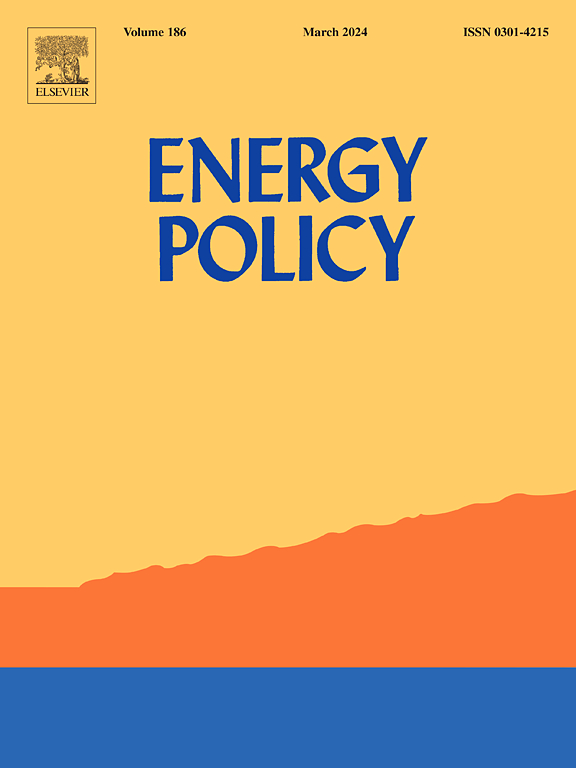Who is “energy poor" in the EU?
IF 9.2
2区 经济学
Q1 ECONOMICS
引用次数: 0
Abstract
The 2022–2023 surge in global energy prices and the fairness challenges of the green transition have revived debates on energy poverty in Europe. However, the lack of consensus on measuring energy poverty hinders effective policy formulation and evaluation. This paper analyzes the EU-wide distribution and profiles of the “energy poor" using four established indicators, two subjective and two expenditure-based, derived from statistically matched HBS and SILC household surveys. Our results suggest significant disparities: expenditure-based measures capture broader populations, particularly in middle- and high-income EU countries, with minimal overlap between indicators. Notably, only 0.3 % of the population is simultaneously classified as energy poor by the four indicators, while 40 % enter this group by at least one measure. By examining who is included or excluded under each indicator and their links to income and expenditure, we provide new insights into the potential heterogeneous distributional impacts of policies aimed at tackling energy poverty in Europe.
谁是欧盟的“能源穷人”?
2022-2023年全球能源价格的飙升以及绿色转型带来的公平挑战重新引发了欧洲关于能源贫困的辩论。然而,在衡量能源贫困方面缺乏共识阻碍了有效的政策制定和评价。本文使用四个既定指标(两个主观指标和两个基于支出的指标)分析了欧盟范围内“能源贫困”的分布和概况,这些指标来自统计上匹配的HBS和SILC家庭调查。我们的研究结果显示了显著的差异:基于支出的指标涵盖了更广泛的人群,特别是在欧盟中高收入国家,指标之间的重叠最小。值得注意的是,只有0.3%的人口同时被四项指标列为能源贫乏者,而40%的人口至少通过一项指标进入这一群体。通过检查每个指标中包括或排除的人及其与收入和支出的联系,我们为旨在解决欧洲能源贫困问题的政策的潜在异质性分配影响提供了新的见解。
本文章由计算机程序翻译,如有差异,请以英文原文为准。
求助全文
约1分钟内获得全文
求助全文
来源期刊

Energy Policy
管理科学-环境科学
CiteScore
17.30
自引率
5.60%
发文量
540
审稿时长
7.9 months
期刊介绍:
Energy policy is the manner in which a given entity (often governmental) has decided to address issues of energy development including energy conversion, distribution and use as well as reduction of greenhouse gas emissions in order to contribute to climate change mitigation. The attributes of energy policy may include legislation, international treaties, incentives to investment, guidelines for energy conservation, taxation and other public policy techniques.
Energy policy is closely related to climate change policy because totalled worldwide the energy sector emits more greenhouse gas than other sectors.
 求助内容:
求助内容: 应助结果提醒方式:
应助结果提醒方式:


